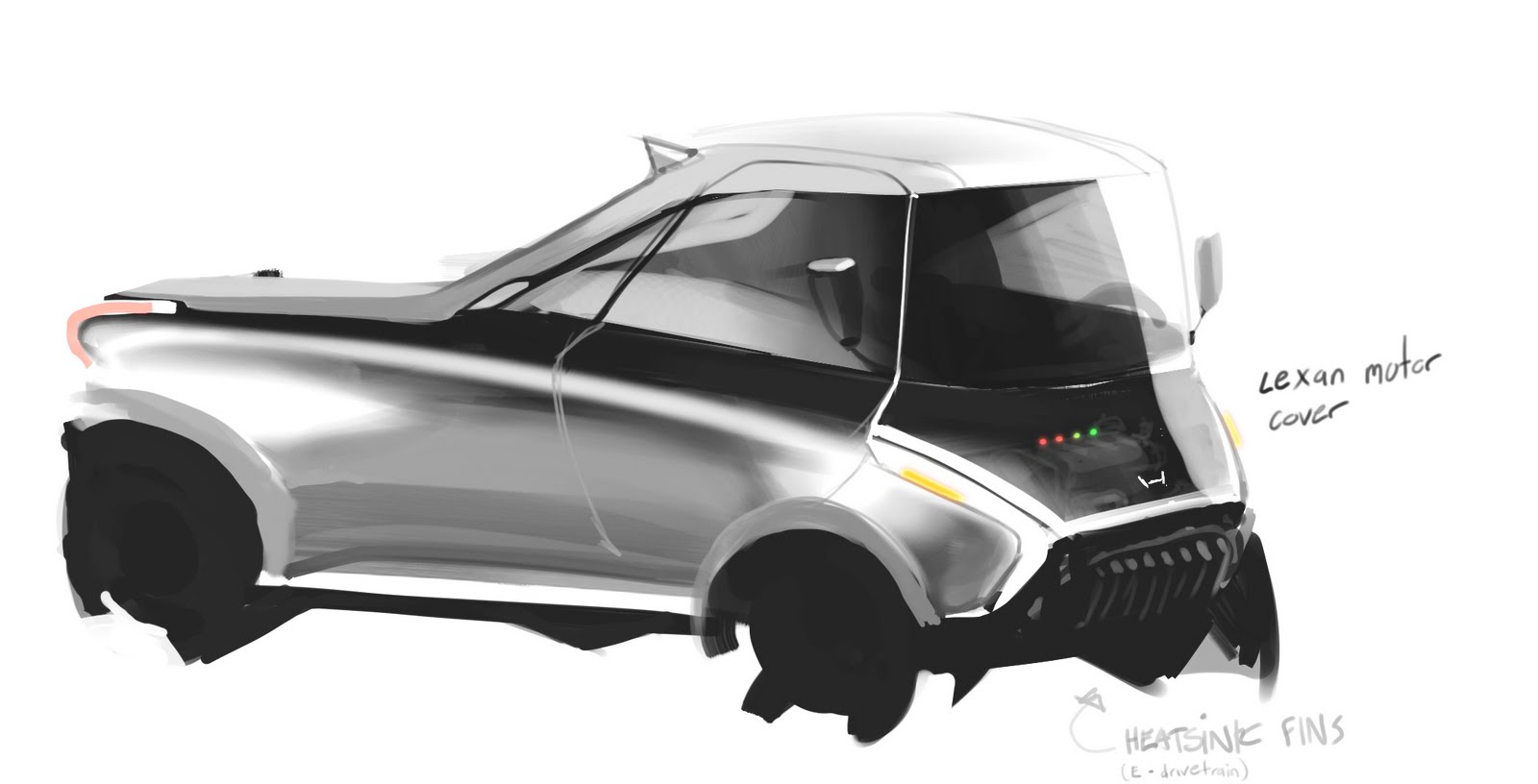

While many institutions were obliged to adopt a fully‐remote online model, the New York Institute of Technology College of Osteopathic Medicine strove to develop a curriculum that would allow medical students to receive an in‐person anatomy education. The developed methodology can be used to create new models from scratch, which can be used will find implementation in different medical and scientific fields-simulation processes, anthropology, 3D printing, bioprinting, and education.įew realized the extent of disruption that the Covid‐19 global pandemic would impose upon higher anatomical education. In total, 28 models have been optimized and printed. In its turn, radiological data have been obtained from the “New Mexico Decedent Image Database”. For 3D printing, the Ultimaker 5S 3D printer along with PLA material was used.
#COMPLETE ANATOMY USC SOFTWARE#
In this study, only free and cross-platform software from widely available internet sources has been used-“Meshmixer”, “3D Slicer”, and “Meshlab”.

The study aimed to develop a detailed methodology for the creation of anatomically correct and optimized models for 3D printing from radiological data using only free and widely available software. Visualization along with 3D printing have already found their implementation in different medical fields in Pauls Stradiņš Clinical University Hospital, and Rīga Stradiņš University, where models are being used for prosthetic manufacturing, surgery planning, simulation of procedures, and student education. Educational institutions in several countries state that the education sector should be modernized to ensure a contemporary, individualized, and more open learning process by introducing and developing advance digital solutions and learning tools.


 0 kommentar(er)
0 kommentar(er)
